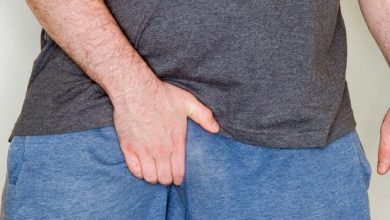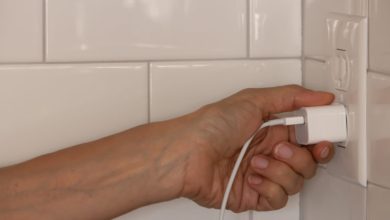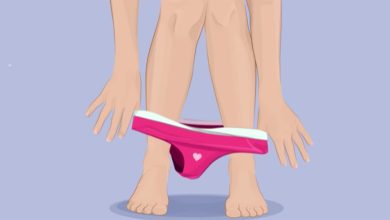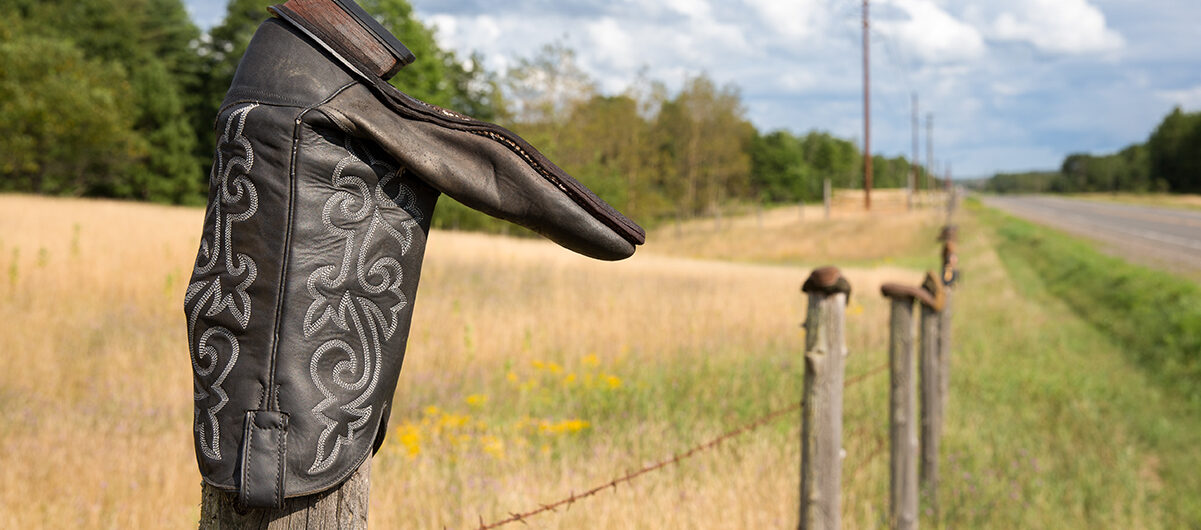Surprising reason flight attendants sit on their hands
If you’ve ever flown on a commercial airplane, you may have noticed something curious – flight attendants sitting on their hands during takeoff and landing. It might seem like an unusual habit, but it’s actually a safety strategy designed to protect both crew members and passengers.
In air travel, flight attendants do much more than serve refreshments and ensure passenger comfort. They are highly trained safety professionals, responsible for managing in-flight emergencies and ensuring the well-being of everyone onboard.
Among the many protocols they follow, one stands out to many passengers – the bracing position that flight attendants assume during takeoff and landing.
A flight attendant, Henny Lim, who works for the Philippines-based airline Cebu Pacific, recently went viral on TikTok after shedding light on this lesser-known in-flight procedure.
In her video, she asks: “Ever wonder why cabin crew sits like this during takeoff and landing?” The video starts, showing the flight attendant taking the “bracing position” in her jump seat.
During critical phases of flight – takeoff and landing – the risk of an incident is statistically higher and if an evacuation is necessary, the bracing position allows cabin crew members to quickly act.
“This position involves fastening seatbelts securely, sitting upright, sitting on hands – arms up, thumbs tucked – and arms loose, and feet flat on the floor,” the voiceover continues in the clip that recently resurfaced after it was first posted in 2022.
Tucked hands
In the clip, Henny and another cabin crew member demonstrate how they strap into their jump seats, tucking their hands under their thighs, ensuring that their arms and hands remain steady and secure. This prevents involuntary movements caused by turbulence, hard landings, or sudden impacts that could delay their response time.
“The aim is to keep the body in a rigid pose so that if there was any impact from an unplanned emergency, the body is damaged less…This keeps body movement restricted so that there is less chance of injury if there was an impact.”
“During this time, [your flight attendants] will also be going through the ‘silent review,’ which prepares them for an emergency situation every take-off and landing.”
Before the clip adds, viewers are told, “…Safe flight everyone.”
‘Not regulation’
Speaking with Reader’s Digest, a veteran flight attendant explained that sitting on hands is actually a matter of personal preference, not regulation.
“We do need to position our hands properly as part of the brace position, and I guess you could sit on your hands if you want to. The flight attendant rule is just that you can’t hold on to the harness,” said Erin Thomas, who’s been flying more than 15 years. “Being in the brace position is the important part.”
Thomas shared that her prefers to keep her hands on her lap. “I think it makes me look calm,” she says, “and passengers will feed off our energy, so if we’re calm during takeoff, they will be too.”
While this posture may seem rigid, it serves a critical function in protecting crew members from injury and allowing them to assist passengers immediately.
Did you know why flight attendants sit on their hands? Please let us know what you think of this story!












